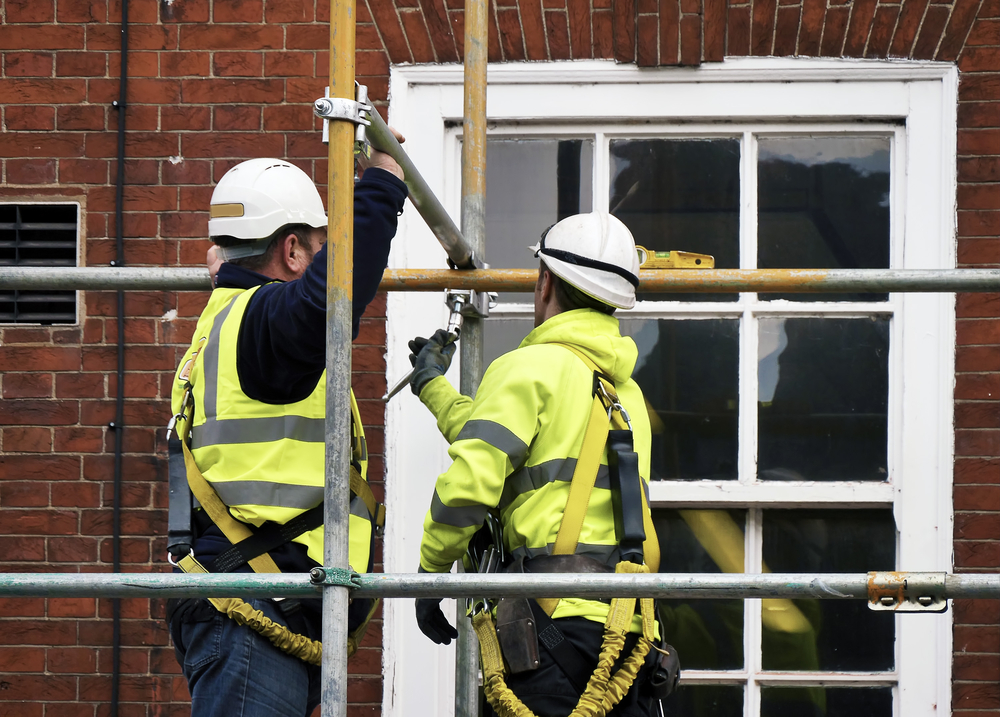Do I need scaffolding to replace my windows?
Here at Network Scaffold, we consider the use of scaffolding to be an integral part of the design and survey process for glazing providers.
For this blog, we look at the main criteria for the requirements for scaffold.
The main reasons for scaffolding
The two main factors in deciding on scaffold structures are the safety of glazing installers plus the ability to create the best professional finish possible.
The safety of fitters cannot be overstated, with some companies working regularly with us as a scaffold partner to create an overall quote for window installation.
In a nutshell, glazing installers are constantly trying to make sure installers are safe and achieve an excellent finish to their work, which is sometimes only possible using scaffolding.
Many different types of properties present numerous challenges, including types of housing that can be extraordinarily diverse in terms of size, age, construction, ground conditions and glazing apertures.
Here are some of the criteria incorporated into the decision to use scaffold structures.
Height – If the work is above first-floor level it is recommended to use scaffold.
Dormer windows – Dormer windows are often set back from the property roofline which means they can only be safely reached with scaffold.
Lintels – When a steel lintel above a window is being installed, scaffold will normally be used unless the window is at ground floor level.
Windows above conservatories or porches – Any type of structure that prevents installers from being able to put a ladder up to reach a window is considered an obstruction that requires scaffold structures.
By systematically considering each of the aspects above, window installers will be able to decide whether the scaffold is needed and inform their clients in due course.
Got more questions? Please contact us now
If you have any more questions about using scaffolding for window replacement and installations, please do not hesitate to get in touch today.

